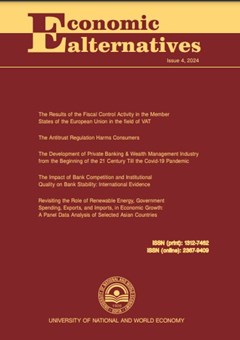The Asymmetric Relationship Between Oil Price Fluctuation on Exchange Rate Variation: Empirical Evidence from Malaysia and Thailand
Authors: Mohd Jaffri Abu Bakar, Nanthakumar Loganathan, Tirta Nugraha Mursitama, Yogeeswari Subramaniam
Abstract
The purpose of this study is to investigate the effects of oil price fluctuations on exchange rate variations, particularly for Malaysia and Thailand. The study utilizes monthly observation data from 1994 to 2021 and uses structural breaks, cointegration relationships, and Nonlinear Autoregressive Distributed Lag (NARDL) estimates. Both countries had distinct long- and short-term relationships, but there was also an asymmetric relationship between oil prices and multilateral exchange rates revealed by the study. The asymmetric and non-asymmetric causality relationship for both countries indicate a unidirectional non-asymmetric causality between the oil price and the exchange rate variation. The empirical findings will be of great assistance to policymakers in evaluating global oil price fluctuations as a crucial indicator for monitoring and stabilizing currencies as a long-term monetary policy strategy.

